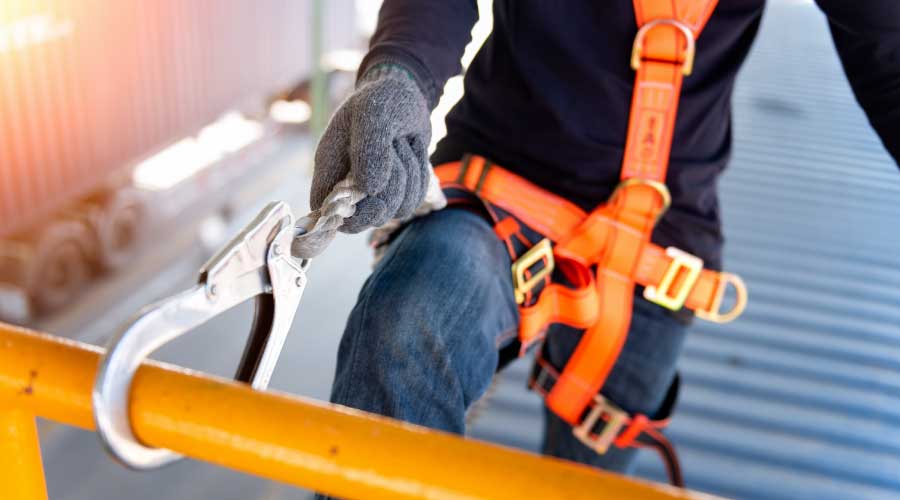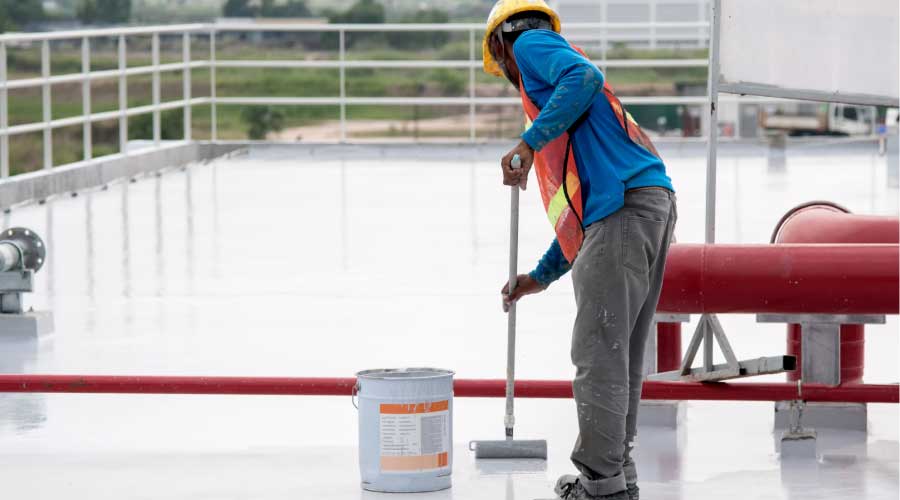Ask the Right Questions When Specifying Self-Adhered Modified Bitumen Systems
Most of these systems are relatively new to the roofing industry, which is creating a host of unanswered questions.
Adhesion. How well do the sheets stick? Wind-uplift resistance and performance of the systems are based on how well the sheets adhere together and to the substrate. Temperature appears to play a key role in SA membrane adhesion, but research has not quantified the effects of falling temperatures at night.
Also, how long does it take for sheets to develop full adhesion strength? Like so many adhered products — including adhesive-applied modified bitumen system and adhered single-ply systems — full adhesion strength does not occur instantly. This condition is a concern not only for attachment of the membrane but also for watertight laps, which must be watertight at the end of each workday. If SA membrane laps do not develop sufficient adhesion in that short period, what precautions will ensure they are watertight at night?
Data. Wind-uplift resistance testing for code compliance and insurance purposes is still in its early stages. Customers will need to evaluate that data before the system can become used more widely.
Contamination. What effect does contamination have on membrane adhesion? Once installers remove the release sheet, the sticky surface is exposed. This surface will stick to an appropriate roof component, but dust and dirt also will adhere to the surface. Just as paint does not stick to a dirty surface, will an SA membrane stick to a dirty substrate or other SA sheet?
Performance life. What is the sheets’ long-term performance outlook? As with so many roofing products, all of the laboratory testing in the world cannot match actual roof applications. Many roofing products did well for 10-plus years but never did see their 15th or 20th birthdays.
Other products never made it to 10. Some roofing products do very well in the north but can’t take the extreme sun exposure of the Southwest. Similarly, some products could not tolerate the harsh freeze-thaw cycles of the north. Only time will tell.
SA modified bitumen systems can provide many benefits. But building owners, managers, designers and contractors should be careful until the systems’ characteristics and eccentricities are known. Nothing gives a roofing product a bad name faster than misuse or misapplication that leads to premature failure and wasted money.
Related Topics:















